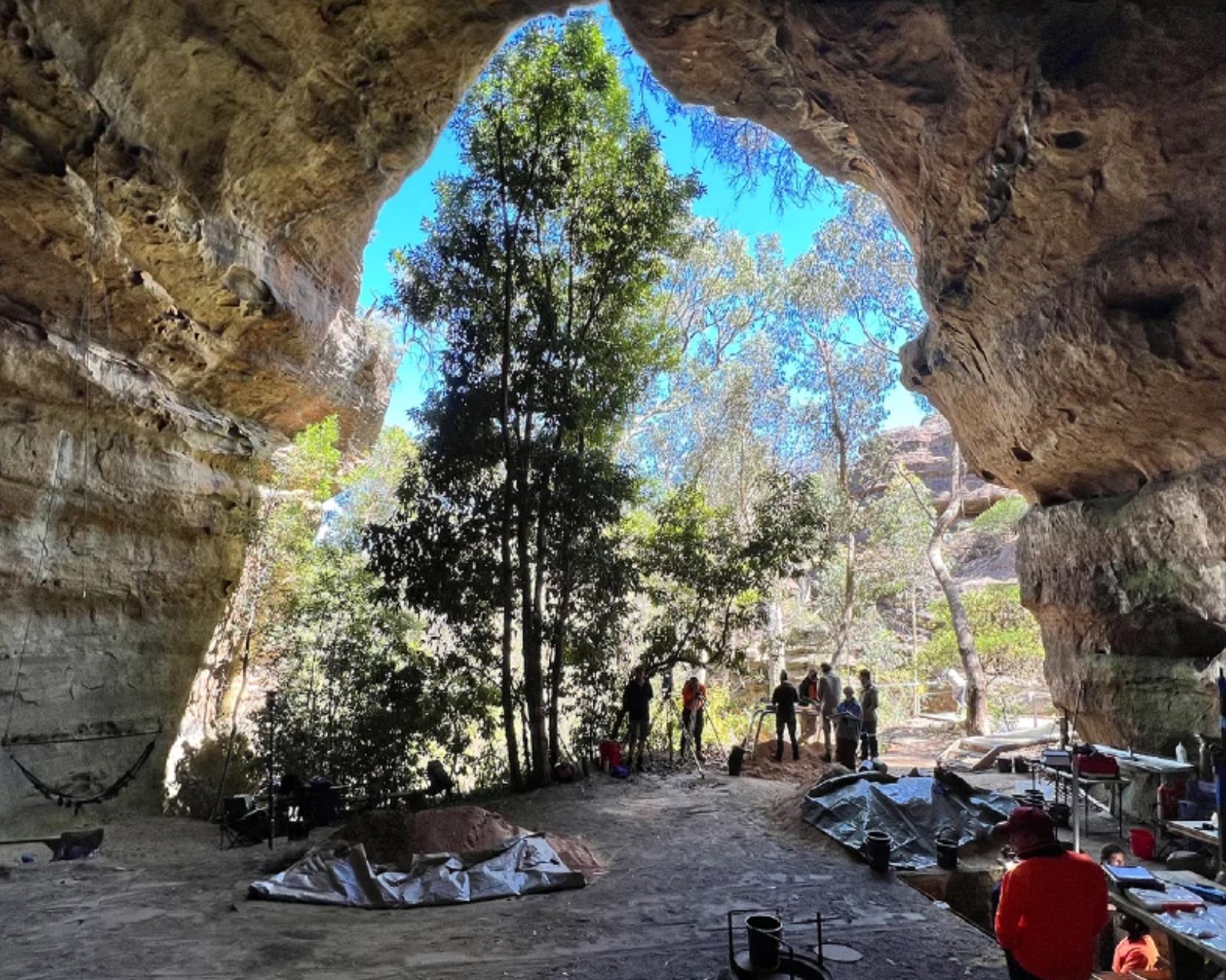

An ancient Ice-Age shelter found in the Blue Mountains is rewriting Australia’s human history. Archaeologists have confirmed that the high-altitude Dargan Shelter was repeatedly used by people during the last ice age, proving that frozen, treeless landscapes were not barriers to human movement.
The discovery of 693 stone tools at the site marks it as the earliest known human occupation in Australia’s high country.
The site, located 1,073 meters above sea level, was once thought to be too harsh for settlement. But new findings, published in Nature Human Behaviour, reveal that humans lived in and moved through this cold environment as early as 20,000 years ago.
These findings directly challenge previous assumptions that glacial regions were avoided during that period.
The research team included scientists from the Australian Museum, the University of Sydney, and the Australian National University, working alongside First Nations custodians. The collaboration highlights a growing movement to integrate Indigenous knowledge into archaeological research.
Wayne Brennan, a Gomeroi knowledge holder and rock art expert at the University of Sydney, initiated the study to bridge science and community. He emphasized that understanding cultural history is critical for protecting heritage sites across the region.
Dr. Amy Mosig Way, the study’s lead author and archaeologist at both the Australian Museum and University of Sydney, said the discovery aligns Australia with global evidence showing people adapted to extreme ice-age environments.
“Until now, we thought the Australian high country was too difficult to occupy during the last ice age,” she said. “Our research demonstrates people were moving in and through this high elevation landscape, which is approximately 400 meters above the treeline.”
Excavations at the site uncovered well-preserved layers of human activity, including ancient hearths. Co-author Professor Philip Piper of the Australian National University said the preservation allowed for a detailed timeline of occupation spanning 20,000 years.
The study also tracked how ancient people moved across the region. ANU Ph.D. candidate Emily Nutman analyzed the chemical composition of the tools, tracing their origins to distant locations such as the Hunter Valley and Jenolan Caves.
“People were traveling significant distances across the mountains to reach Dargan during the height of the last ice age,” she said.
First Nations co-authors Leanne Watson Redpath and Erin Wilkins, both proud Dharug women, said their communities have long known about the shelter. “Our people have walked, lived and thrived in the Blue Mountains for thousands of years, and we knew the cave was there,” said Watson Redpath.
“It is not only a tangible connection to our ancestors who used it as a meeting place for sharing, storytelling and survival, but it is also a part of our cultural identity.”
Wilkins noted that while it’s unclear which groups used the shelter in ancient times, today it holds cultural significance for many First Nations communities. “Today, Dargan Shelter is considered by local custodians to represent a family space of high cultural significance,” she said.
Brennan added that while the Blue Mountains are protected for their natural beauty under UNESCO World Heritage, their cultural heritage still lacks proper safeguards. “We hope that by combining our traditional knowledge with scientific research, we can protect these invaluable storehouses of our history for generations to come,” he said.
The study builds on decades of archaeological work at the Australian Museum, beginning with Frederick McCarthy in 1935 and continued by researchers like Dr. Val Attenbrow. To protect the site’s integrity, the exact location of the cave has not been disclosed.
Associate Professor Duncan Wright of ANU said the discovery fills a key gap in Australia’s archaeological record. “It reveals that people inhabited glacial terrains during the last ice age—a period typically associated with coastal refuges,” he said.
